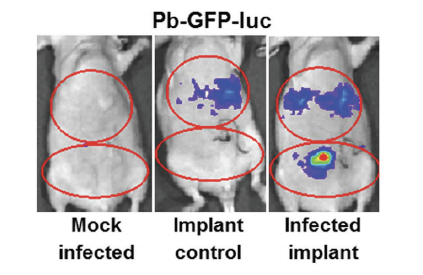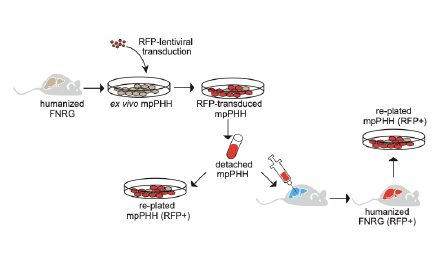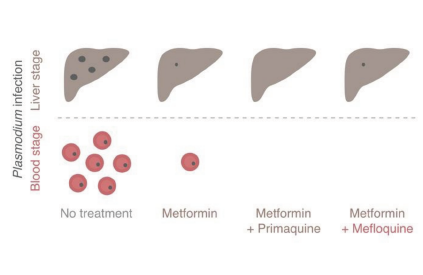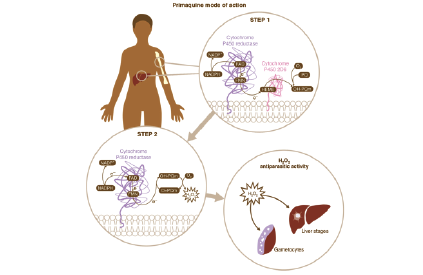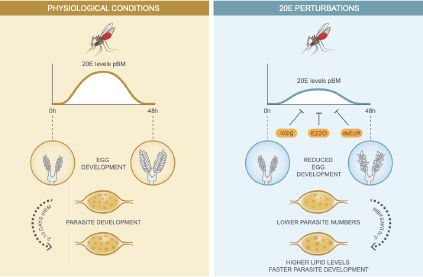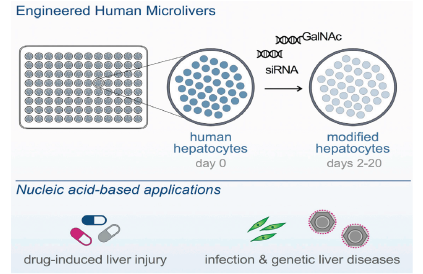
Hepatic Tissue Engineering
Our methods.
The liver supports over 500 metabolic functions, including serum protein production (e.g. coagulation factors, albumin); detoxification; bile acid production; and protein, carbohydrate, and lipid metabolism. Dysregulation of these processes by genetic or environmental perturbations can manifest as fatal liver failure. Currently, orthotopic liver transplantations are the only curative intervention, though there is a severe organ shortage.
Cell-based therapies have been proposed as an alternative to whole organ transplantation, as a temporary bridge to transplantation, and/or an adjunct to traditional therapies during liver regeneration. Despite significant investigations into each of these areas, progress has been stymied due to the propensity for isolated hepatocytes to rapidly lose viability and key liver-specific functions upon isolation from the native microenvironment of the liver. Our research program leverages bioengineering tools to synthesize hepatic tissue environments to characterize the tissue niche, to interrogate healthy and diseased tissue response in vitro and in vivo, and to perturb the disease by delivering therapeutic cell therapies and/or exogenous molecules to modulate tissue function in vivo.




